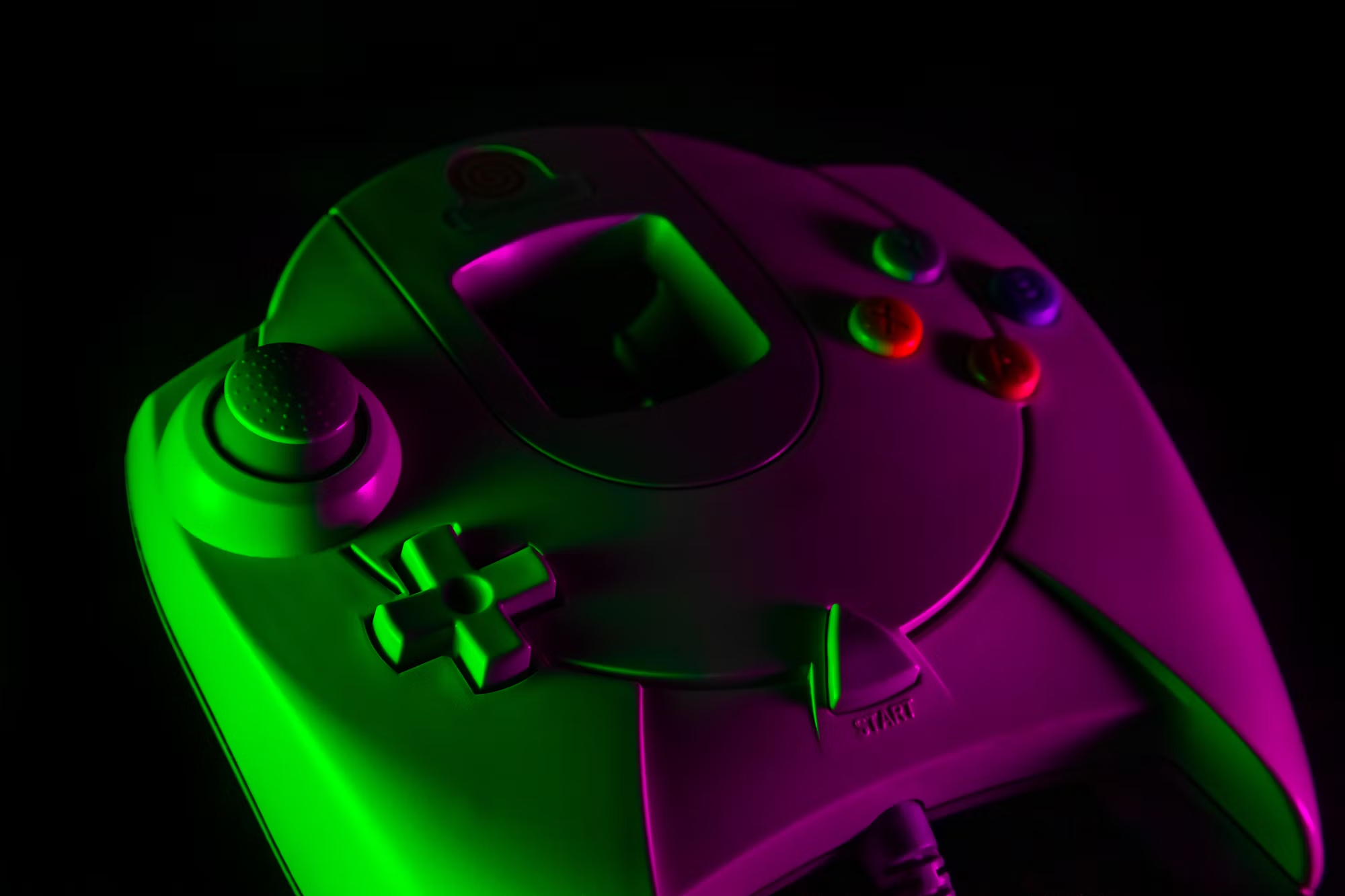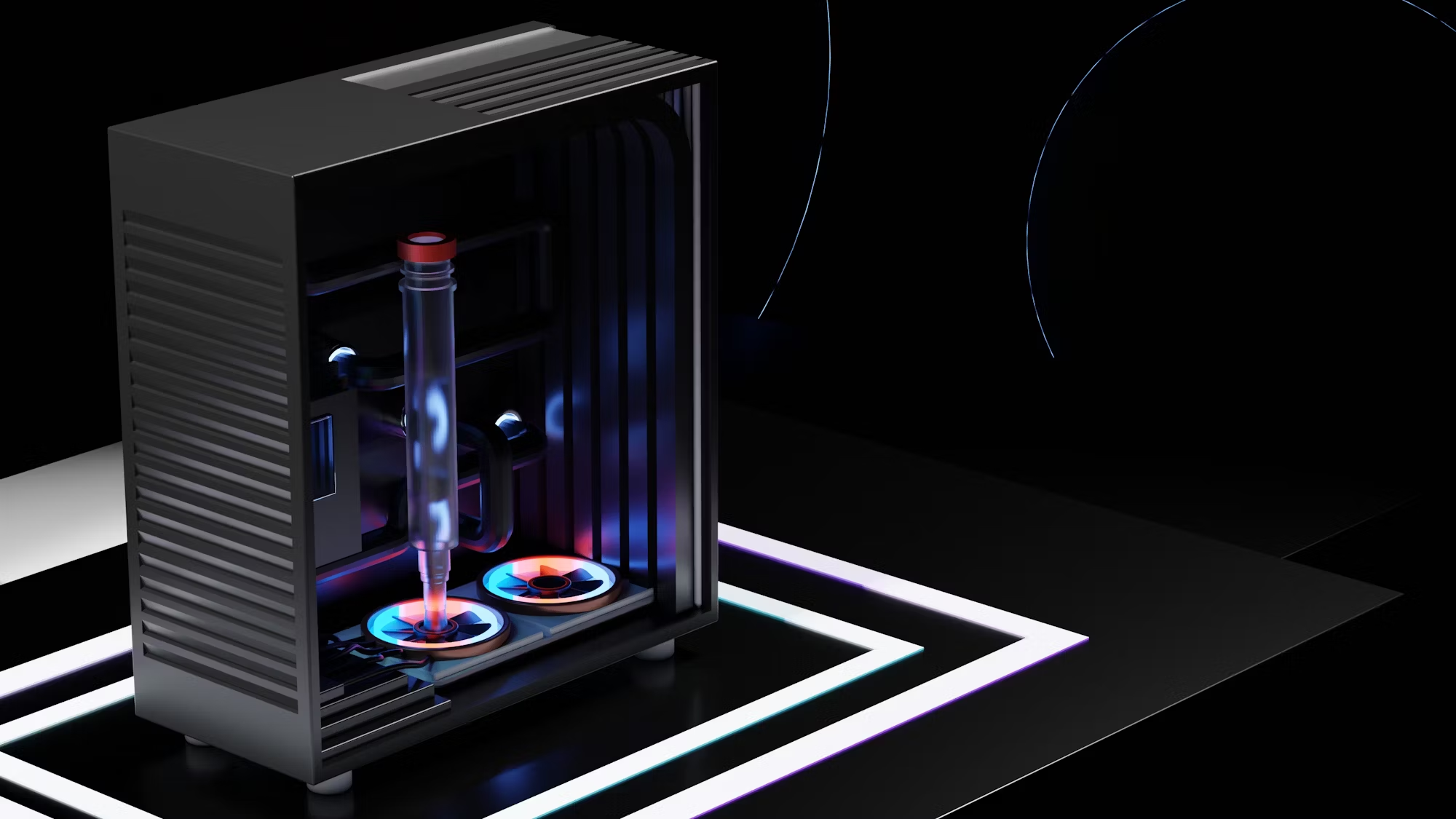The gaming world has seen countless innovations over the years, but few have had as profound an impact as the evolution of gaming controllers. From the simple joysticks of the early arcade days to the advanced, feature-packed controllers of modern consoles and PC gaming, controllers have continually adapted to meet the needs of gamers. These innovations not only improve gameplay but also enhance the way players interact with virtual worlds, offering deeper immersion, precision, and control.
1. The Dawn of Gaming Controllers: Early Joysticks and Consoles
The story of gaming controllers begins in the early days of video games, when the most rudimentary input devices were used. In the 1970s, arcade games like Pong required simple joystick controllers for players to interact with the game. These early joysticks, typically with a single button, were designed to provide basic movement controls. As video gaming started to grow in popularity, console manufacturers began creating their own systems, each with its own proprietary controllers.
The Atari 2600, released in 1977, is often credited as one of the first major home consoles to popularize video game controllers. Its joystick, which featured a single button, became the standard input device for many of the early home video games. The joystick’s simplicity was both its strength and its limitation: while it allowed for straightforward control in early games, it lacked the precision and functionality needed for more complex gameplay.
As the video game industry expanded, so did the need for more sophisticated controllers. This led to the introduction of gamepads—a device that would go on to become the foundation for most modern controllers.
2. The Rise of the Gamepad: Introducing Buttons and D-Pads
In the 1980s, companies began developing gamepads that incorporated not only joysticks but also additional buttons and directional controls. One of the most notable innovations was the D-pad (Directional Pad), first popularized by the Nintendo Entertainment System (NES) in 1985. The D-pad allowed players to move characters in four directions (up, down, left, and right), which was a major step forward in terms of gameplay flexibility.
The NES controller was relatively simple compared to the controllers of today, featuring the D-pad, two action buttons, and select and start buttons for navigating menus. However, this design would set the stage for many of the features that would become standard on future controllers. The D-pad became one of the most iconic elements in the gaming world, influencing countless future controller designs.
The success of the NES controller led to the development of more advanced gamepads, with many manufacturers incorporating additional buttons, triggers, and sticks into their designs. The Super Nintendo Entertainment System (SNES), released in 1990, featured an updated version of the NES controller with additional shoulder buttons, further improving its functionality.
3. The PlayStation Revolution: Analog Sticks and Vibration Feedback
The Sony PlayStation ushered in a new era of gaming controllers when it was released in 1994. Its DualShock controller, which debuted in 1997, was one of the first to introduce analog sticks, giving players a new level of precision in controlling movement and camera angles in 3D environments. Prior to this, controllers relied on digital input, where the D-pad could only detect four directions (up, down, left, and right), making precise control in 3D space difficult.
The inclusion of analog sticks on the DualShock controller was a game-changer for many genres, particularly first-person shooters, racing games, and platformers, where fine control over movement and aiming was essential. In addition to the sticks, the controller also featured vibration feedback, adding a new layer of immersion to the gaming experience. The vibration feature provided tactile feedback, simulating the feel of explosions, crashes, or other in-game events.
The DualShock controller set the standard for many of the features we now take for granted, including dual analog sticks, vibration, and ergonomic design. These innovations would go on to influence subsequent controllers for Sony’s PlayStation consoles as well as controllers for other systems, including the Xbox and Nintendo consoles.
4. The Xbox Era: Embracing Ergonomics and Wireless Technology
In 2001, Microsoft entered the gaming hardware market with the release of the Xbox, and its accompanying controller, the Xbox Controller, became known for its large size and ergonomic design. The original Xbox controller featured bulky handles, making it less comfortable for some players, but it was a radical departure from the more compact controllers of the time.
Despite its size, the Xbox controller introduced several key innovations. One of the most notable was the large central button, which would later become known as the Xbox button—an essential part of the controller’s layout. The Xbox controller also featured triggers for the first time, providing more precise control for actions like shooting or accelerating in racing games.
In 2005, Microsoft introduced the Xbox 360 controller, which became a significant turning point in controller design. It was smaller, more ergonomic, and had a more intuitive button layout. It was the first major controller to offer wireless connectivity, allowing players to move freely without being tethered to the console. The Xbox 360 controller also became the first widely adopted controller for PC gaming, as it was compatible with Windows PCs, making it a popular choice for gamers who played on both platforms.
5. The Era of Customization and Elite Controllers
As gaming has become more mainstream, there has been an increasing demand for customizable and high-performance controllers. This has led to the rise of elite controllers, which allow players to personalize their input devices to suit their specific preferences and playstyles.
Elite controllers, such as the Xbox Elite Wireless Controller Series 2, offer a wide range of customizable features. Players can swap out thumbsticks, adjust trigger sensitivity, and add paddles to the back of the controller for additional inputs. These controllers are often used by competitive gamers who require the highest level of precision and performance.
Similarly, custom controllers have become more popular as companies like SCUF and Evil Controllers offer players the ability to design their own controllers with unique button layouts, colors, and additional features. Custom controllers allow for a more personalized gaming experience, helping players gain a competitive edge or simply create a controller that feels more comfortable in their hands.
6. Motion Controls and Virtual Reality: A New Frontier
In recent years, new forms of input technology have emerged to further immerse players in virtual worlds. Motion controls, such as those featured in the Nintendo Wii, the PlayStation Move, and more recently, virtual reality (VR) controllers, allow players to physically interact with games in ways that were previously not possible.
The Nintendo Wii, released in 2006, introduced the world to motion-sensing controls, where players could swing the controller to simulate actions like bowling, swinging a tennis racket, or shooting a bow. This innovation opened up new possibilities for gameplay and reached a wider audience, attracting players who were previously unfamiliar with video games.
More recently, virtual reality has taken immersion to a whole new level. VR controllers, such as those used with the Oculus Rift, PlayStation VR, and HTC Vive, track the player’s hand movements and translate them into virtual actions. These controllers provide more accurate and natural inputs, such as grabbing objects, pushing buttons, or swinging weapons in VR environments.
7. The Future of Gaming Controllers: What’s Next?
As technology continues to evolve, the future of gaming controllers looks even more exciting. Haptic feedback and adaptive triggers are already being used in controllers like the PlayStation 5 DualSense and the Xbox Series X controllers, offering players a more immersive experience with dynamic responses to in-game actions. These features simulate the sensation of textures, resistance, and even temperature changes, further blurring the line between reality and the virtual world.
Additionally, eye-tracking, brain-computer interfaces, and gesture controls may become integral parts of future gaming controllers, providing even more intuitive ways for players to interact with games. As augmented reality (AR) and virtual reality technologies improve, controllers could become more sophisticated, offering full-body immersion with feedback mechanisms that respond to every action the player makes.
Ultimately, the evolution of gaming controllers is a testament to the gaming industry’s commitment to improving player experiences. From the humble joystick to the immersive, multi-functional controllers of today, these devices have played a crucial role in shaping how we play and experience video games. As we look ahead, the possibilities for new and exciting controller technologies seem endless.
Conclusion
Gaming controllers have come a long way since their early days, evolving from simple joysticks to sophisticated, feature-rich devices that enhance gameplay and provide a more immersive experience. Whether it’s through analog sticks, vibration feedback, motion controls, or the growing trend of customization, these devices continue to adapt and grow in complexity as gaming technology advances. With new innovations on the horizon, it’s clear that the future of gaming controllers will only continue to surprise and delight players.





